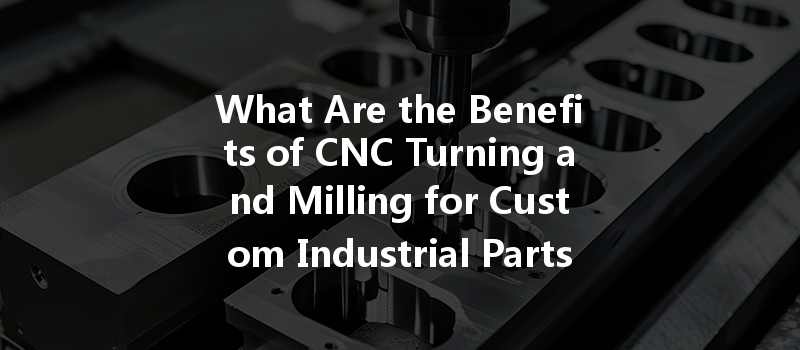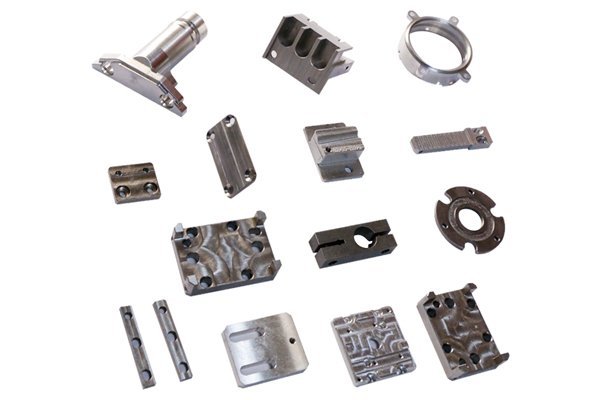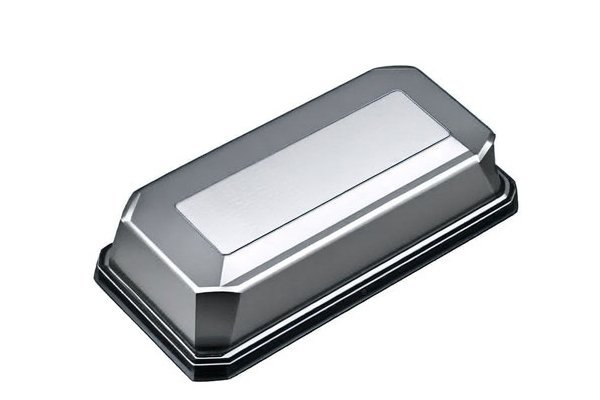Did you know that the global CNC machining market is expected to reach over $100 billion by 2025? As industries evolve and demand for precision components increases, advanced machining techniques like CNC turning and milling are transforming the landscape of custom part manufacturing. So, what exactly is CNC turning and milling, and why should businesses consider these processes for their custom industrial part needs?
In this comprehensive guide, we will explore the nuances of CNC turning and milling, the benefits they offer, and detailed insights into how companies can leverage these technologies to improve their manufacturing processes. Whether you are an engineer, a business owner, or simply curious about CNC machining, this blog is tailored to provide you with in-depth, actionable knowledge.
Understanding CNC Machining: The Basics
Before diving into the benefits of CNC turning and milling, it’s essential first to understand what CNC machining entails. CNC, or Computer Numerical Control, is a manufacturing process that utilizes automated machinery to create precise shapes and components from a digital design file.
CNC Turning
CNC turning is primarily used to create cylindrical parts. The process involves rotating a piece of material on a lathe while a cutting tool removes material to achieve the desired shape and size. This method is particularly effective for producing parts like shafts, bushings, and wheels.
CNC Milling
CNC milling, on the other hand, involves the use of rotating cutting tools to remove material from a stationary workpiece. This process is versatile and can create flat surfaces, complex shapes, or even three-dimensional designs. CNC milling machines can often handle a wider variety of materials than CNC turning, making it ideal for creating various industrial parts.
Why Choose CNC Turning and Milling for Custom Parts?
Now that we understand the basics of CNC machining, let’s delve into the compelling reasons why CNC turning and milling have become the go-to methods for custom industrial parts manufacturing:
One of the standout benefits of CNC machining is the extraordinary precision it offers. With advanced software and high-grade machinery, CNC turning and milling can create components to within micrometers of specified measurements. This is especially crucial in industries where even the slightest deviation can lead to malfunctions or failures.
CNC machining is compatible with a wide range of materials, including metals (like aluminum, brass, and titanium), plastics, composites, and more. This versatility makes CNC turning and milling suitable for various applications, from automotive to aerospace to medical device manufacturing.
While the initial setup cost for CNC machines can be high, their efficiency and capability to produce intricate parts often lead to significant cost savings in the long run. Traditional machining may require multiple tools and processes to achieve the same complexity that CNC milling or turning can accomplish in a single setup.
CNC machining is inherently scalable. Whether you need one piece or a thousand, CNC tools can efficiently reproduce parts with high consistency, ensuring that each piece meets the same specifications as the last. As demand fluctuates, manufacturers can adjust their production volumes without significant downtime or changes in process.
Exploring the CNC Turning and Milling Processes
The CNC Turning Process
The CNC turning process can be broken down into several key stages:
Designing the Part
The process begins with creating a CAD (Computer-Aided Design) model of the part. This model outlines the precise dimensions, tolerances, and features that the finished part will require.
Programming the CNC Machine
Using CAM (Computer-Aided Manufacturing) software, the CAD design is translated into a language the CNC machine can understand. This code guides the machine on how to move and cut the material.
Setting Up the Machine
Once the program is ready, the operator sets up the machine, selecting the appropriate cutting tools and securing the material on the lathe.
Machining the Part
The machine then begins the turning process, where the material spins, and the cutting tool removes the unwanted material to shape the part according to the design specifications.
Quality Control
After machining, the part undergoes rigorous quality checks to ensure it meets the required specifications. Any necessary adjustments or refinements can be made at this stage.
The CNC Milling Process
The CNC milling process closely mirrors that of turning but with a few key differences:

Designing the Part
Similar to turning, milling starts with a detailed CAD design of the part.
Programming the Milling Machine
The milling process is programmed using CAM software. This programming may involve specifying tool paths, speeds, and feeds for achieving the desired surface finish.
Setting Up the Machine
The operator sets up the milling machine, ensuring the correct tools and workpieces are in place.
Machining
The milling machine then begins its operation, moving cutting tools across the stationary material to carve out the desired shapes.
Finishing and Quality Control
After machining is complete, parts are polished or treated as necessary, followed by thorough quality assurance checks to verify they meet all specifications.
The Benefits of CNC Turning and Milling: A Deeper Dive
Now that we understand the processes involved, let’s explore the detailed benefits of using CNC turning and milling for custom industrial parts:
CNC turning and milling can significantly increase production speed compared to traditional methods. The automation inherent in CNC systems allows for rapid machining cycles and reduced downtime, translating to higher efficiency and quicker turnarounds on orders. For businesses that require timely delivery of parts, this speed advantage can be a game-changer.
While CNC machines initially require skilled operators to set up and program, once operational, they can run with minimal human supervision. This leads to lower labor costs over time. Fewer workers are needed to oversee production, freeing up available talent for other critical tasks in the organization.
Integrating CNC turning and milling into a manufacturing process can streamline operations. These machines often allow for multiple setups and processes to occur simultaneously, reducing the need to transfer parts between different machines and minimizing potential errors or damage during handling.
CNC machining is renowned for its ability to produce parts with consistent quality. Once machines are programmed and set up, they replicate processes accurately, ensuring that each part produced meets the same high-quality standards as the previous one. This repeatability is crucial for industries that require large volumes of identical components.
CNC turning and milling permit manufacturers to create highly complex designs that would be incredibly difficult, or even impossible, to achieve using traditional methods. Intricate geometries and features such as undercuts, cavities, or even detailed engravings can be executed effortlessly.
CNC machines are designed with numerous safety features and require minimal human intervention during operation. This reduces the risk of workplace accidents often associated with manual machining processes, creating a safer environment for employees.
CNC turning and milling can be more environmentally friendly than traditional machining methods. The processes generate less waste, and the ability to recycle used materials into new components minimizes the ecological footprint. Additionally, the precision of CNC machining often results in fewer errors, which further reduces material waste.
In conclusion, CNC turning and milling represent the pinnacle of modern machining technology, delivering a plethora of benefits for custom industrial parts manufacturing. The advantages in precision, scalability, material versatility, and efficiency make these processes invaluable to industries looking to innovate and improve production quality.
As we look toward a rapidly evolving future, understanding and leveraging these technologies will be vital for businesses aiming to remain competitive in their respective markets. Whether you are looking to enhance production speeds, reduce costs, or meet the ever-growing demands for high-quality, custom parts, CNC turning and milling offer unparalleled solutions.
Why This Article Matters
This blog serves as a vital resource for anyone interested in CNC machining and its applications in customized industrial parts. By understanding the benefits and processes, businesses and professionals can make informed decisions that align with their operational goals and technological advancements. As the demand for precision components continues to grow, being well-versed in CNC turning and milling is essential for stakeholders at all levels.
Embrace the future of manufacturing, and consider integrating CNC turning and milling into your processes for unmatched quality and efficiency. Now more than ever is the time to innovate and enhance your production capabilities!
—






